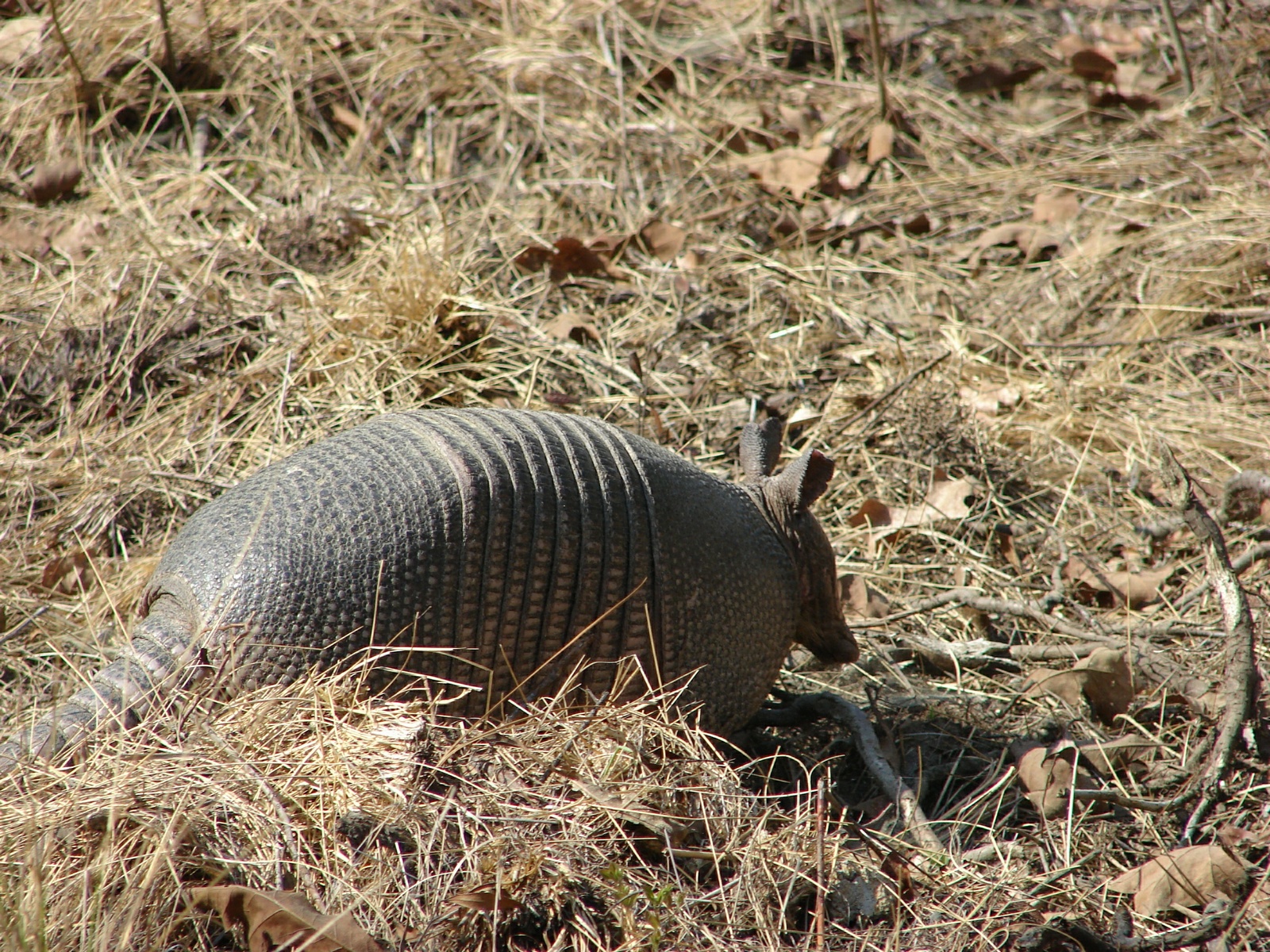
This range expansion has resulted in the presence of armadillos in areas not predicted by earlier models. If you spot signs of these pests, schedule an appointment with a Terminix® technician.The nine-banded armadillo (Dasypus novemcinctus) has become a recent addition to the local fauna of Illinois as a response to habitat alteration and climate change. You may spot openings of burrows near porches, sheds and shrubs or you may notice cracks in your driveway related to burrows. Luckily, wildlife professionals can help remove armadillos and burrows can be properly sealed and filled in. Removing Burrowsīurrows can be hazardous for humans and livestock, due to the ground instability caused by the burrows below the surface. Take a look at the armadillo burrow diagram below to get a better picture of what it looks like below the surface. Burrows connect through underground tunnels, usually leaving only one entrance. While one burrow acts as their main territory, the others are used for feeding and/or nesting young. In fact, the University of Georgia states that the average number of burrows per armadillo is approximately 11. Burrow AppearanceĮach armadillo may construct five to ten burrows used in different areas of their territory. Armadillos may also dig in areas like golf courses, parks and outdoor nurseries. Areas like forests, woodlands and prairies may be ideal habitats for armadillos within their geographic range. Historically, sandy or clay soils have proven to be the easiest and sturdiest materials for burrows. Soil texture plays a large role in determining the number of burrows an armadillo can make. Since burrows can be extensive, it is important for armadillos to find a suitable soil texture to facilitate digging. As such, armadillo digging can potentially cause structural damage if near foundations and/or driveways. Burrows can extend anywhere from 4 to 24 feet wide and 5 feet deep. When building burrows, armadillos first use their nose and forefeet to pull back soil until submerged underground. In Georgia, researchers found most armadillos digging burrows under saw palmetto plants. That said, in Texas, armadillos may also build burrows under shrubs like haws, oaks and Osage orange plants. Texas A&M researchers found that the root systems of youpon bushes are preferred areas to build burrows in some areas of Texas. Since armadillos feed on roots, burrows are often created near these food sources. Others may use the abandoned burrows of other wildlife. Some armadillos construct above-ground shelters using dried grass. Not all armadillos dig their own burrows. Typically, young armadillos remain in the burrow for two to three weeks before emerging to establish their own burrow and territory. On the other hand, they spend 65% of their time in burrows during the winter and emerge during the warmest part of the day.

During the summer, armadillos spend 29% of their day underground and only emerge at night. Burrows may also shield armadillos from extreme weather like summer heat and winter cold. For both adults and young armadillos, burrows provide protection from predators such as mountain lions, bears and alligators.


Burrow Significanceīurrows serve many purposes for armadillos including: providing safety from predators and harsh weather, as well as space to raise their young. So what really goes on in their burrows? Here are some facts about armadillo burrows. Since so much of their time is spent beneath the ground, we only get a glimpse of their daily habits. Armadillos are notorious for digging up yards, potentially damaging foundations and destroying plant beds in search of food. They’re round-shaped, banded, shelled and, most importantly, they’re trouble.


 0 kommentar(er)
0 kommentar(er)
